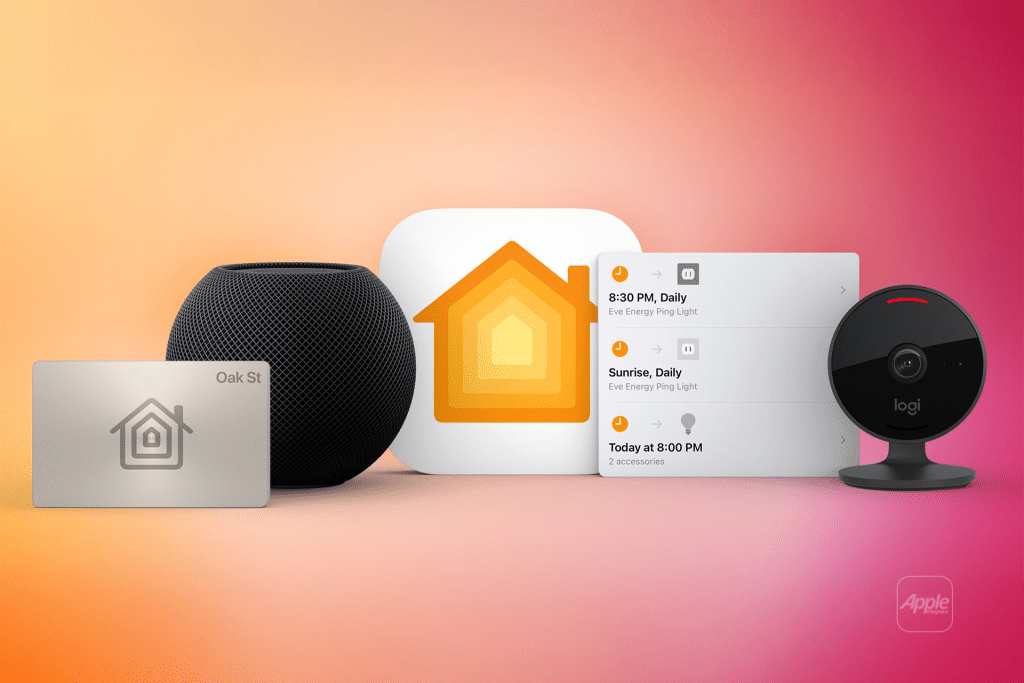The smart home hub, envisioned as Apple’s answer to Amazon’s Echo Show and Google’s Nest Hub, was initially expected to debut as early as March 2025. The device promised a 7-inch square display, seamless integration with Apple’s ecosystem, and a new operating system tailored for home use. At its core, it was set to leverage Apple Intelligence and App Intents—features designed to enhance Siri’s contextual understanding and app interactions. However, internal setbacks with Siri’s development have forced Apple to rethink its timeline.
A Bumpy Road for Siri and Apple Intelligence
The postponement isn’t entirely unexpected. Apple has already delayed the rollout of its revamped Siri features, originally slated for this spring, to an unspecified point “in the coming year.” These upgrades, showcased at WWDC 2024, aim to make Siri more personalized and context-aware—capable of tasks like pulling flight details from emails or coordinating plans across apps. Yet, persistent challenges, including internal restructuring and debates over rebuilding Siri from scratch, have slowed progress. Gurman notes that the smart home hub’s reliance on these enhancements means its launch must wait until the technology is ready.
Early speculation suggested a minor delay, possibly aligning the hub’s release with the fall 2025 iPhone lineup. But Apple now appears to be eyeing 2026, likely tying the debut to a more robust Siri rollout expected between iOS 19 (September 2025) and iOS 19.4 (March 2026). This shift reflects a cautious approach, ensuring the device meets the high standards Apple users expect.
What’s at Stake?
For Apple enthusiasts, the delay is a letdown. The smart home hub was poised to mark a significant step in the company’s push into the connected home, an area where rivals like Amazon and Google have long held sway. With a sleek design and deep ecosystem integration, it could have offered a compelling alternative for managing HomeKit devices, video calls, and daily tasks via voice commands. Yet, its modest revenue potential—akin to that of a Nest Hub—suggests it’s more about expanding Apple’s footprint than driving major profits.
There’s also a silver lining: this hub is seen as a precursor to a more ambitious project. Gurman hints at a future model with a robotic arm and advanced features, though such a device would likely carry a steeper price tag. For now, Apple seems focused on getting the entry-level version right, avoiding a premature launch that could stumble out of the gate.
Why the Wait Makes Sense
Siri’s struggles have been well-documented, with viral glitches—like failing to answer basic queries—tarnishing its reputation. Shipping a hub built on today’s Siri could risk labeling it “broken” from day one, a misstep Apple can ill afford as it battles perceptions of lagging in AI innovation. By delaying until 2026, the company buys time to polish Siri and deliver a product that feels fresh and reliable, not rushed and half-baked.
Still, the postponement raises questions about Apple’s smart home strategy. While the hub’s delay won’t derail the company’s broader plans—think Face ID doorbells and privacy-focused cameras in the pipeline—it underscores the complexity of marrying hardware and AI in a competitive market. For now, Apple fans will need patience as the company works to turn its smart home vision into reality.
